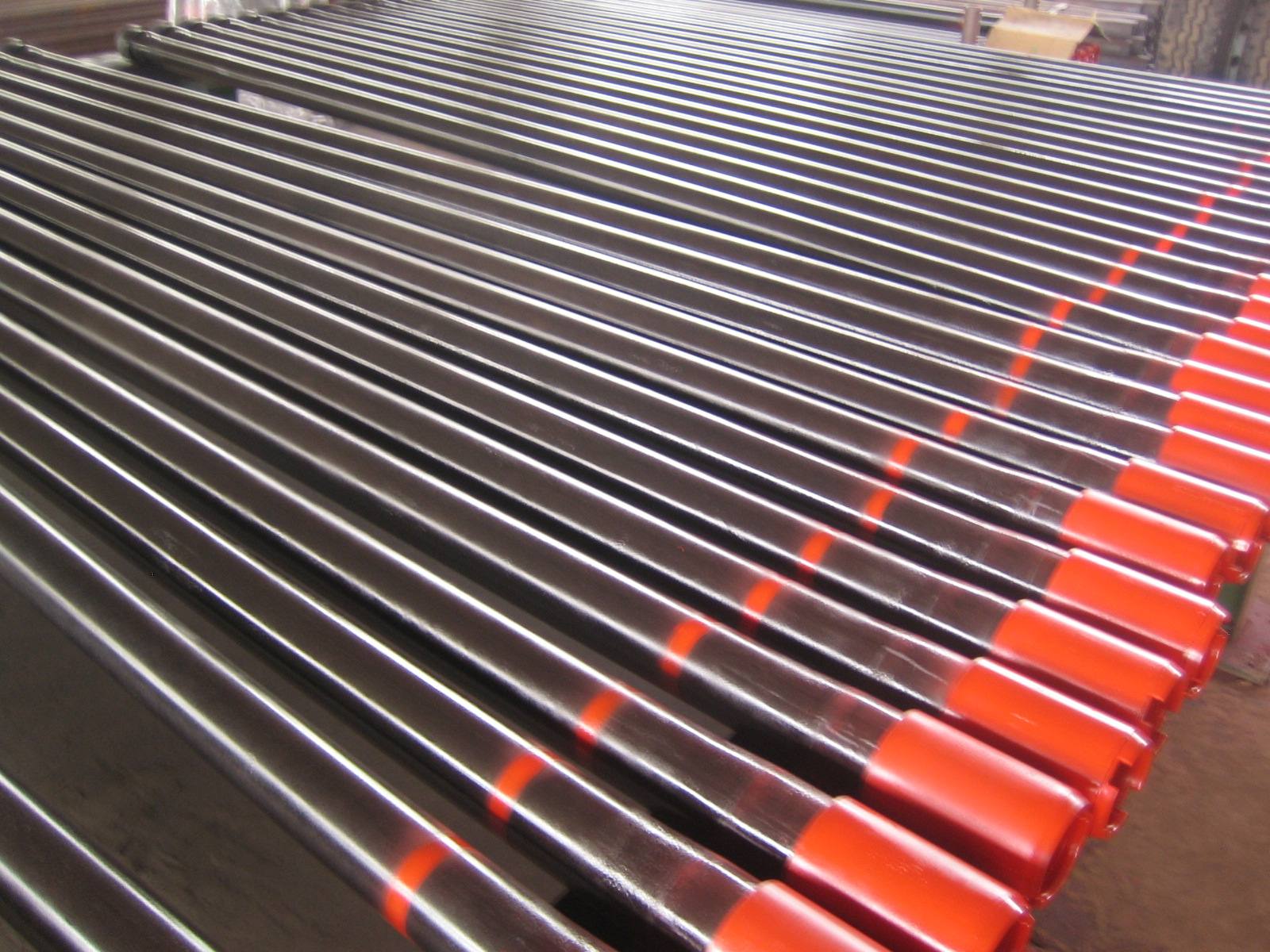Three types of oil casing and their other uses: Surface casing of oil casing: 1. To plug the upper end of the unstable, soft, easy to collapse, water leakage of the geological structure and layer; 2. Assemble wellhead device to control blowout; 3. Supporting technical casing and a portion of reservoir casing weight. The thickness of the surface casing varies from tens to hundreds of meters or deeper (30 to 1,500 meters) depending on the actual situation. When drilling a high-pressure gas well, if the top layer of rock is loose and cracked, the surface layer needs to go deeper to avoid the high-pressure gas flowing off the pavement. Its role is to seal the pavement, avoid wellhead collapse, the formation of drilling fluid circulation channel, convenient long-term drilling.

Intermediate casing: 1. It is used to fully seal complex geological structures, severe loss zones, and areas where drilling fluids are difficult to control oil, gas, water, and water zones, avoiding pore expansion. 2. In a high inclination directional well, run the casing directly below the section to facilitate safe directional drilling. 3. Provide opportunities for well control machine equipment liner assembly to avoid blowouts, avoid leaks and suspension, and protect casing.

Oil-string casing: used to separate the target zone from other zones; Oil and gas zones are separated at different pressures and oil and gas channels are created in the well to ensure long-term production.
